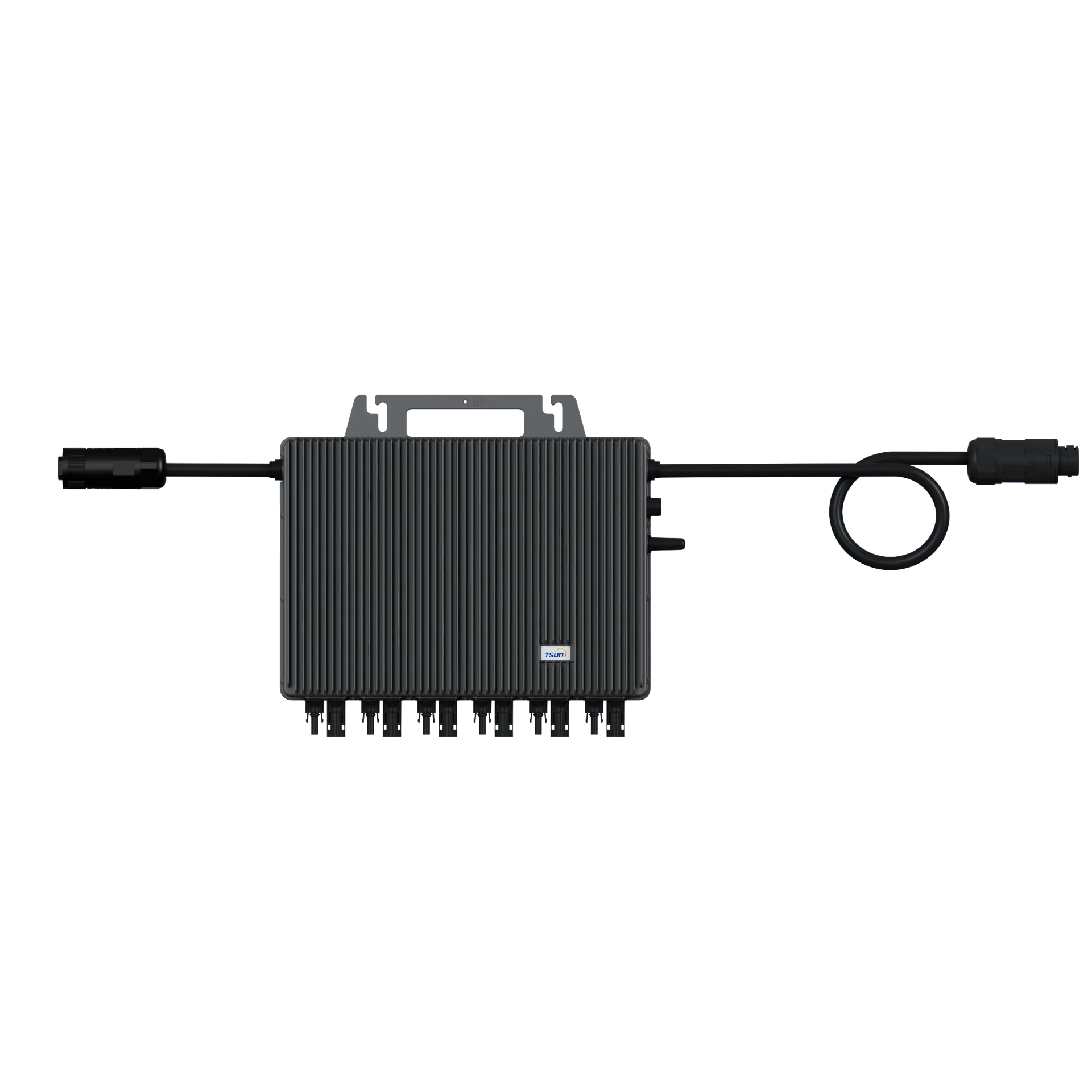Harnessing the Power of Solar Microinverters A Revolution in Energy Efficiency

Solar power has emerged as a pivotal player in the transition towards sustainable energy. Yet, behind the photovoltaic panels adorning rooftops and solar farms, a quieter revolution is transforming solar energy efficiency—a revolution driven by microinverters. As an authority in the solar domain, I bring insights into how these compact devices are enhancing the landscape of renewable energy, drawn from real-world applications and expert analyses.
Solar microinverters are sophisticated devices that convert the direct current (DC) generated by solar panels into alternating current (AC) used by home appliances and the grid. Unlike traditional centralized inverters, microinverters are installed at each solar panel. This unique configuration offers substantial benefits, enhancing both energy yield and system reliability.

1. Enhanced Energy Harvesting The prowess of microinverters in boosting energy output is unparalleled. Each panel functions independently, optimizing power conversion in real time. This means shading, dirt, or panel faults do not affect the entire array's performance. For instance, in my experience consulting solar installations, switching to microinverters resulted in up to 20% increased energy efficiency compared to traditional systems, as shadowed panels no longer diminished the entire system’s output.
2. Improved Reliability and Longevity Microinverters come with a robust design aimed at outlasting their larger counterparts. This durability stems from advanced thermal management techniques and fewer components susceptible to single-point failures. Over the years, I have observed that systems utilizing microinverters have significantly lower maintenance demands, providing homeowners with peace of mind and a faster return on their investment.
solar power microinverter
3. System Scalability and Design Flexibility For residential and commercial buildings alike, microinverters present a flexible approach to solar energy adoption. They allow for modular system expansion—additional panels can be easily integrated without extensive rewiring or upgrade of a central inverter. From delicate residential rooftops to vast commercial setups, microinverters facilitate custom configurations that cater to specific energy needs and spatial constraints.
4. Advanced Monitoring Capabilities Authoritative insights highlight the superior monitoring capabilities offered by microinverters. Each panel's performance is independently monitored, providing granular data that can be accessed through user-friendly platforms. This real-time insight helps in proactive maintenance and maximizes uptime. Clients utilizing such systems report enhanced control over energy production and consumption, leading to further optimization of their solar solutions.
5.
Safety Benefits A noteworthy feature of microinverters is the enhanced safety profile. They eliminate high-voltage DC wiring across rooftops, which is a significant risk reduction during maintenance or in the event of a fire. Firefighters and solar technicians alike acknowledge the safety advantages brought about by deploying microinverter systems, marking them as a prudent choice for safety-conscious installations.
Overall, the deployment of solar microinverters signifies an authoritative leap in harnessing solar energy’s potential. The device democratizes solar technology, making it more accessible, efficient, and sustainable. For the environmentally conscious homeowner or business, integrating microinverters into solar installations is not just an improvement in technology but a commitment to greener energy practices that is both economically and environmentally rewarding.
In conclusion, while the journey of solar technology continues to evolve, microinverters stand out as a beacon of innovation in distributed solar solutions. Whether optimizing an existing system or planning a new installation, their undeniable advantages in efficiency, safety, and flexibility make them an essential component in modern solar setups. Embracing this technology is not just an investment in solar power, but an investment in the future of sustainable energy.
 LEARN DETAILS
LEARN DETAILS



